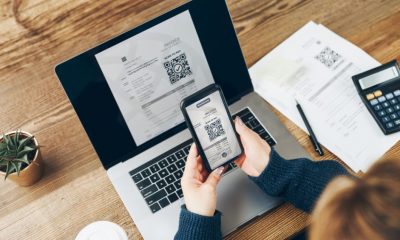Digital Economy
The Rise of Digital Payment in Southeast Asia
Published
1 year agoon
By
SEADS TEAM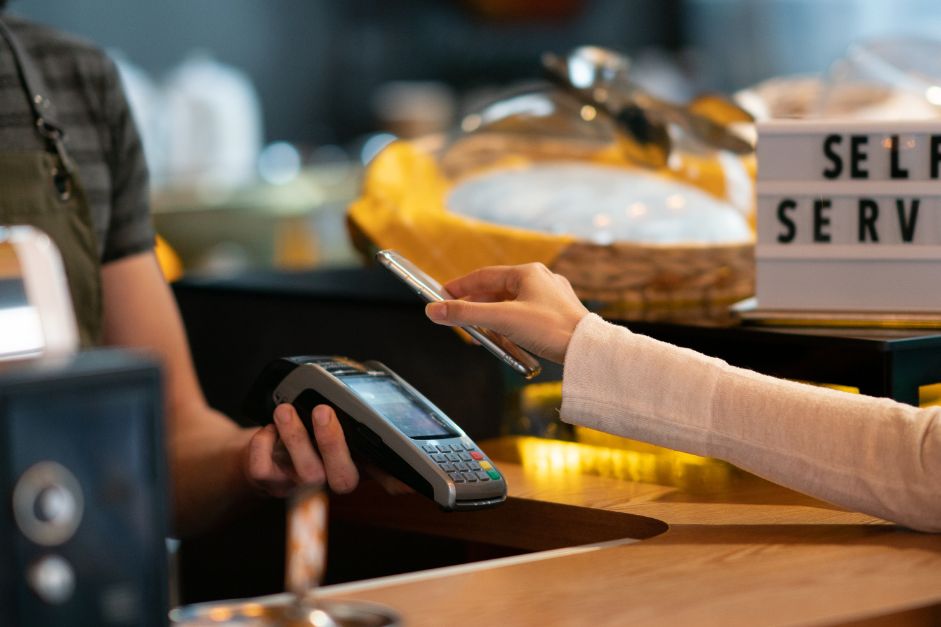
With innovation accelerated by the pandemic, digital payments are on the rise making transactions safer (in terms of health) and convenient.
Developed countries are expected to walk ahead with digital, and Southeast Asian countries are following suit with their own options in digital banking.
SEA’s digital solutions in financial transactions are now possible anytime and anywhere changing how we pay, live, and do business.
Digital payments in Southeast Asia: The cashless world
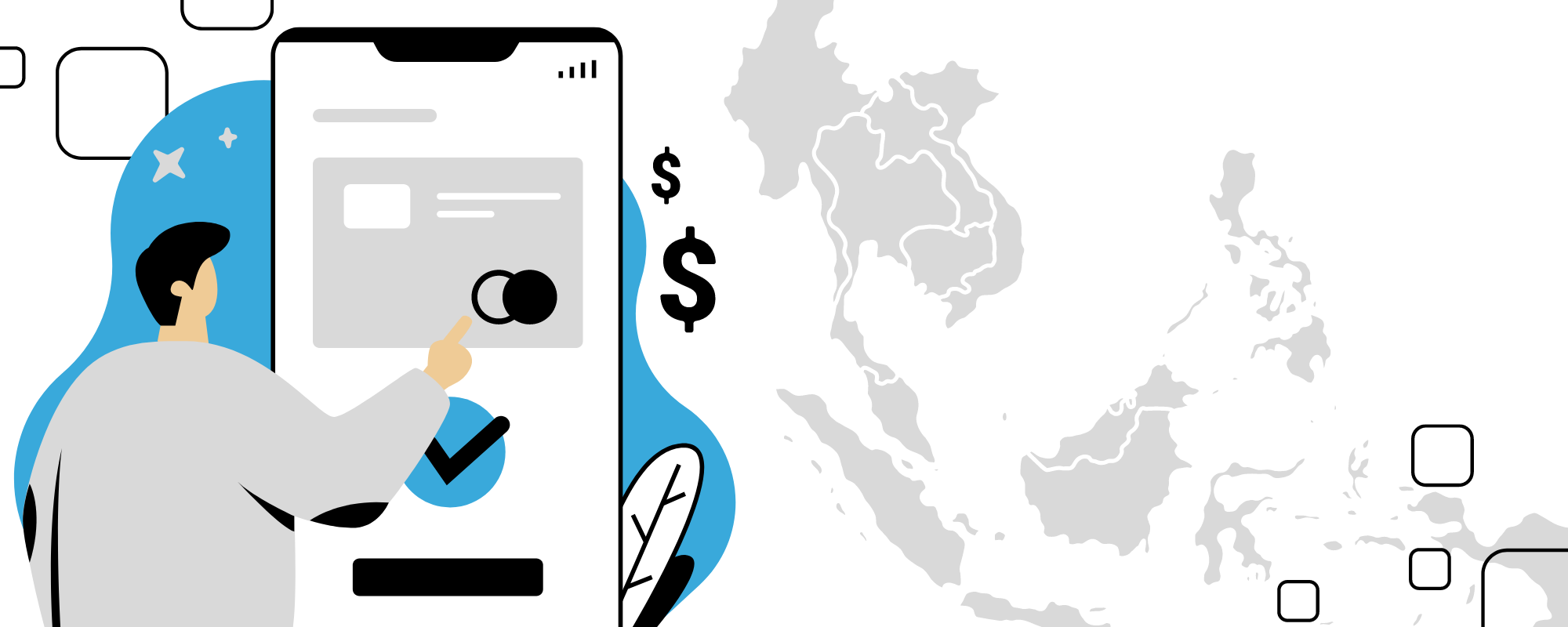
Cash is still widely used in Southeast Asia. But the pandemic prompted a high digital adoption rate leading to the expansion of ecommerce, digitalization for inclusivity, and everything online. It is natural to say that in the upcoming years, SEA is walking towards the digital cashless world.
But efforts towards digitalization is not something that just began after everyone was locked down. Efforts to digitize were accelerated after everyone’s focus was on their smartphones. Before it rises, from where did digital payments started?
Digital Payment in Southeast Asia: The Options
More than half of the Southeast Asian population are smartphone users. Along with that, the idea of having a mobile wallet became a vital part in the region. Digital wallets serve the underserved individuals with a front to end engagement channel where people can buy now and pay later or use it as access points for gaming, commerce, and loans.
The six regional markets in Southeast Asia: Indonesia, Malaysia, The Philippines, Singapore, Thailand, and Vietnam utilized digital financial services to disrupt the banking inaccessibility in their respective countries.
Indonesia
The largest digital economy in SEA. Electronic money or e-wallets are Indonesians most used fintech service followed by web-based investment and pay later services. Majority of these services are owned by internet-based companies. Their top digital options include:
- Jenius: BPTN– an incumbent bank launched Jenius. The digital banking services catered to underserved millennials. It has saving options, split bill feature, and e-cards. They reinvented simple and easy sign-up and authentication processes.
- GoPay: One of Gojek’s multi-channel platforms which makes payment easier on digital. And they are also compatible with other services aside of their own.
- DANA: Similar to other digital banks, easier transactions for digital payments but they take pride on their advanced security system
Thailand
In Thailand, there are many digital payment options available for consumers.
The population has relatively high bank account adoption and good access to cards but e-wallets and bank transfers rise to the top in our consumer survey of the most popular online payment methods in Thailand, highlighting the importance of accepting a variety of different payment types from Thai customers.
- PromptPay: A government backed digital payment that allows for easy and secure transfer of money between individuals and businesses by linking their bank account and mobile number to the system and making transactions using QR codes.
- TrueMoney: A popular digital wallet service that allows users to make payments, transfer money, and pay bills using their mobile phones. Users can top up their account using cash or credit then use it for online and in-store purchases.
- Rabbit Line Pay: A digital payment that allows users to link their credit/debit card to the system and make payments using QR codes or mobile numbers. Rabbit Line Pay can also be used to transfer money to friends and family.
- GrabPay: A mobile wallet service offered by Grab, a popular ride-hailing service in Thailand. Users can link their debit/credit card or bank account to the system, and use GrabPay to make online and in-store purchases, pay bills, and transfer money to friends and family.
Vietnam
With 40 million internet buyers, Vietnam is Southeast Asia’s fastest-growing market.
The Vietnam E-commerce Association reported a 30% year-on-year rise in e-commerce and that Vietnamese shoppers spend US$210 per year online.
Internet and bank account penetration, customer confidence in online purchasing, and smartphone adoption in Vietnam have driven this boom.
- 9Pay E-Wallet: The State Bank of Vietnam has approved the new e-wallet service 9pay. With just a phone number, customers can open a 9pay account and begin using the app’s many time-saving and money-saving features, such as the ability to make free deposits and withdrawals, buy online and pay bills, and more.
- Vietcombank: Vietcombank’s online banking platform allows customers to access their accounts and perform transactions remotely. To use the service, customers must first register for online banking through the Vietcom Bank website.
- National Payment Corporation of Vietnam (NAPAS): To facilitate cashless payments, SBV-licensed intermediate payment service provider NAPAS retains 50% of its capacity in reserves.It also creates new products and services to fulfill market needs. NAPAS launched debit, prepaid, and credit chip cards to facilitate the central bank’s move from magnetic strips to chip cards.
The Philippines
To put it simply, the Philippines is one of the most active and interesting nations in all of Asia. About 60% of the nearly 110 million people living in this country have internet access (World Factbook).
With a young and expanding middle class, retailers in the Philippines need to offer convenient payment options that appeal to locals.
- DragonPay: DragonPay is a widely used payment system in the Philippines, accepting payments via a wide variety of channels including in-person, over the phone, online, and even in cash.
- PayPal: One of the most successful companies in the field of payment gateway services is PayPal. Paypal’s anti-fraud tools, buyer protection measures, and 24/7 transaction monitoring system are all reasons why Filipinos should trust it with their money. The payment gateway also has an easy integration process for new businesses.
- GCash: GCash payment is licensed by BSP e-money issuer, and maintained by Bangko Sentral ng Pilipinas. With more than 55 million users and 4.5 million merchants, it provides the best digital payment gateways.
- Alipay: Alipay is a digital wallet and payment program that facilitates instantaneous monetary transactions without the need for physical currency. It’s a “superapp,” which means it has so many extra functions that you can do everything from order a cab to apply for a credit card to buy insurance.
- WeChat Pay: WeChat Pay is a mobile payment and financial services platform developed by Tencent, the company behind the popular messaging and social media app WeChat. It allows users to make payments, transfer money, and perform other financial transactions directly through the WeChat app.
It’s worth noting that there are a significant number of Chinese Filipinos who use WeChat and Alipay as their preferred method of payment and communication.
These platforms are widely used in China and have gained popularity among the Chinese Filipino community in the Philippines.
This can be seen in many Chinese-owned businesses, such as supermarkets and restaurants, that now accept WeChat and Alipay as payment options.
Malaysia
E-wallets and cashless payments have become popular in Malaysia. Credit and debit cards remain popular. Virtual credit cards and “cashless” cash on delivery are also alternatives to standard payment methods.
To reach Malaysian consumers and expand into emerging markets, brands and retailers must understand online payment preferences.
- MayBank2U Pay: Maybank2U Pay is a payment gateway for all businesses. It lets the business debit the customer’s Maybank bank account and gives the customer confidence to pay.
- HSBC Virtual Card: The HSBC Virtual Card, a cardless payment and financial management solution for businesses, is one of the safest ways to pay suppliers in large amounts or frequently. MastercardSmart ®’s Data online management platform lets you generate unique account and card numbers for each transaction, pay quickly, and get personalized reports.
- Boost: Axiata-owned Boost is another famous Malaysian e-wallet. Scan & Pay can be used at over 200,000 merchant points in Malaysia to top-up game credits, recharge prepaid cell credits, buy vouchers, pay for online shopping, and pay utility bills.
Singapore
Singapore is one of the world’s largest financial centers, making it an important hub for international firms. The city-state may be tiny, but thanks to its favorable economic climate and international connections, it serves as a hub for companies looking to grow their operations throughout Asia and beyond.
- PayNow: PayNow’s enhanced funds transfer experience lets retail customers of the ten participating banks and four participating NFIs instantly send and receive Singapore Dollar funds from one bank or e-wallet account to another in Singapore through FAST using just their mobile number, Singapore NRIC/FIN, or Virtual Payment Address (VPA). PayNow transfers don’t require the recipient’s bank/e-wallet provider or account number.
- American Express (AMEX): American Express is popular among Singaporeans as it is one of the few credit card companies that offer cash rebates without minimum spending. Its dining privileges and exclusive promotions are also very attractive.
Myanmar
Digital payment in Myanmar has been growing in recent years as more people gain access to smartphones and internet services. The most popular digital payment methods in Myanmar include:
- KPay: Kpay is a mobile payment platform in Myanmar that allows users to make online transactions and payments using their mobile phone. It is available as a mobile app and can be used for a variety of purposes, including online shopping, bill payments, and money transfers. The service is operated by KBZ Bank, one of the largest banks in Myanmar, and is designed to provide a convenient and secure way for people to conduct financial transactions.
- CB Pay: CB Pay is a mobile banking and e-wallet service in Myanmar that allows users to make payments, transfer money, and pay bills using their mobile phone. It is an easy and convenient way for users to manage their finances and make transactions without the need for a traditional bank account.
- WavePay: Wave Pay is a mobile wallet and payment platform in Myanmar that allows users to make payments, transfer money, and pay bills using their smartphones. The platform is operated by Wave Money, a joint venture between Telenor and Yoma Bank, and is widely accepted at merchants and outlets across the country. Wave Pay also offers a range of other financial services, such as cash withdrawals and deposits, and the ability to purchase mobile airtime and data.
Cambodia
Digital payment in Cambodia is gaining popularity as more businesses adopt mobile payment solutions and e-commerce platforms.
The use of mobile wallets and online banking has increased, with many Cambodians now preferring to make transactions digitally.
However, cash is still widely used in Cambodia, especially in rural areas, and the government is working to promote digital payment to boost economic growth.
- Wing Money: A leading digital payment provider in Cambodia offering services such as mobile top-up, bill payments, and money transfers.
- TrueMoney: Another popular digital payment provider in Cambodia offering mobile top-up, bill payments, and money transfers.
- Acleda Bank: A well-established Cambodian bank offering digital banking services such as online banking, mobile banking, and e-wallet services.
- SmartLuy: A digital payment platform that allows users to make mobile top-ups, bill payments, and money transfers.
- Cambopay: A digital payment platform that enables users to make payments for various services such as mobile top-up, bill payments, and money transfers.
- Pi Pay: A mobile payment platform that allows users to make payments for various services such as mobile top-up, bill payments, and money transfers.
Laos
Digital payment in Laos is still in its early stages of development. However, the use of mobile payment and online banking is becoming more popular among the younger generation.
The government is also actively promoting digital payment to promote financial inclusion and reduce cash transactions.
- Lao Payment Gateway (LPG): LPG is a digital payment platform that allows users to make online payments using their mobile phone or bank account. It supports various payment methods such as e-wallet, debit/credit card, and bank transfer.
- Wing Money: Wing Money is a popular mobile wallet and money transfer service in Laos. It allows users to make payments, transfer money, and top-up their mobile phones.
- True Money: True Money is another mobile wallet and payment service in Laos. It allows users to make payments, transfer money, and top-up their mobile phones.
- SmartLaois: SmartLaois is a digital payment platform that allows users to make online payments using their mobile phone or bank account. It supports various payment methods such as e-wallet, debit/credit card, and bank transfer.
Brunei
The adoption of digital payment methods in Brunei has been on the rise in recent years, driven by increased access to technology and mobile devices.
Government initiatives such as the launch of e-wallet apps and cashless transactions at government departments have also contributed to the growth of digital payments
in the country.
The COVID-19 pandemic has accelerated the shift towards digital payments, as more people opt for contactless and online transactions to reduce the risk of infection.
- Baiduri Wallet: Baiduri Wallet is a mobile wallet app developed by Baiduri Bank in Brunei. It allows users to make payments and transactions using their mobile devices, including the ability to pay bills, transfer money, and make purchases at participating merchants.Users can also view their account balances and transaction history through the app. To use Baiduri Wallet, customers must have a Baiduri Bank account and a mobile number registered with the bank.
- BIBD NEXGEN: BIBD NEXGEN is a digital banking platform offered by Bank Islam Brunei Darussalam (BIBD) in Brunei. It provides customers with a wide range of banking services such as account opening, fund transfer, bill payments, and mobile banking.The platform also offers a variety of investment options and insurance products. Customers can access BIBD NEXGEN through the BIBD mobile app or through the BIBD website.
- Progresif Pay: Progresif NexPay is a mobile payment platform developed by Progresif, a telecommunications company in Brunei. It allows users to make payments, transfer money, and manage their accounts using their mobile devices.The platform is available to all Progresif customers and is compatible with all major credit and debit cards. Users can also add multiple cards to their account and switch between them as needed.
In comparison to the number of users, it was predicted that the transaction values and volumes of mobile payments in Southeast Asia will grow at significantly faster rates.
The ease of having more comprehensive digital services packed into a single location quickly helped digital banks gain popularity in the SEA area.
With online payments becoming the new standard for the region’s technologically savvy consumers, established industry leaders made progress in advancing their current paradigms, while fresh competitors entered the fray with original ideas targeted at specialized markets like GenZ, Micro-SMEs, and startups.
How digital payments helped individuals
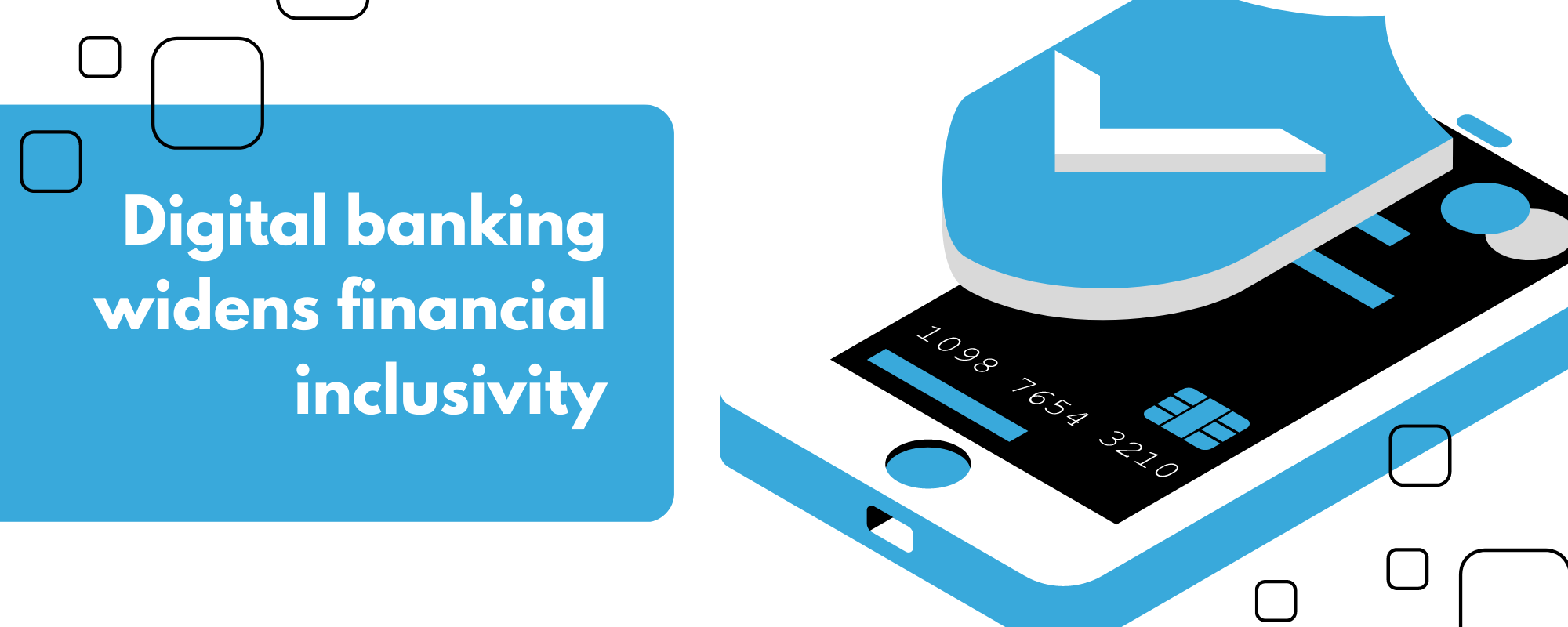
70% of Southeast Asia’s population is unbanked or underbanked. There are also a wide variety of underserved populations who cannot avail credit card, loans, and insurance. Serving the underserved Southeast Asians, digital banking widens the financial inclusivity and shortens the wealth gap of large and small communities.
It takes a lot of paperwork, identification cards, and money to have a bank account with a maintaining balance. This is not necessarily anti-poor but for some people, having a bank account is a luxury. Digital banks remove the inaccessibility and help more people.
Today, fintech is practically universal. GCash, Maya, GrabPay, Lazada Wallet, Coins, and Shopee Pay are just a few of the digital payment companies that offer incredibly practical ways to pay, move money, and even save in the Philippines. While the rest of Southeast Asia has their own to use.
All of these digital tools give people access to financial services and goods, which can be especially practical in places with a dearth of conventional brick-and-mortar banks. They are also contributing to the expansion of e-commerce since they make it simpler for businesses, primarily MSMEs, to reach out to remote clients and receive immediate payment.
How businesses evolved with digital payments
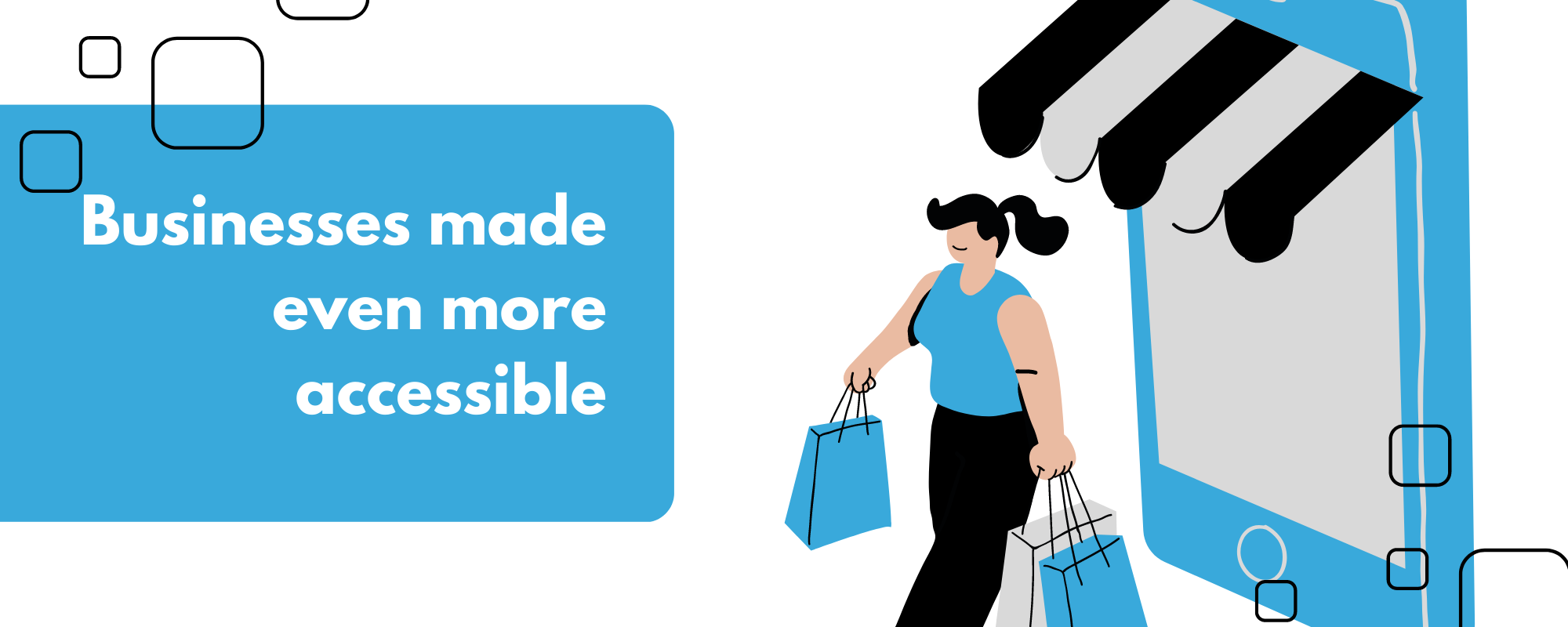
There are at least 71 million micro, small, and medium-sized enterprises in Southeast Asia. A large portion of these businesses are online-to-offline (O2O) platforms whose transactions involve physical and digital. People place their order online but can choose to pay cash on delivery.
Digital banks were created to fill this gap between the increasing dynamics of consumer digital preparedness and the unavailability of financial services.
In addition to serving as catalysts for the digitalisation scramble, incumbents, regulators, digital platforms, and specialized FinTech businesses are all joining the melting pot of digital financial inclusion activities.
Digital banks offer a range of online tools and resources that can help small businesses manage their finances more effectively. Some banks have online accounting and invoicing tools that can help small businesses keep track of their income and expenses.
All this can help small businesses stay on top of their finances and make more informed decisions about their operations.
Digital finance in government
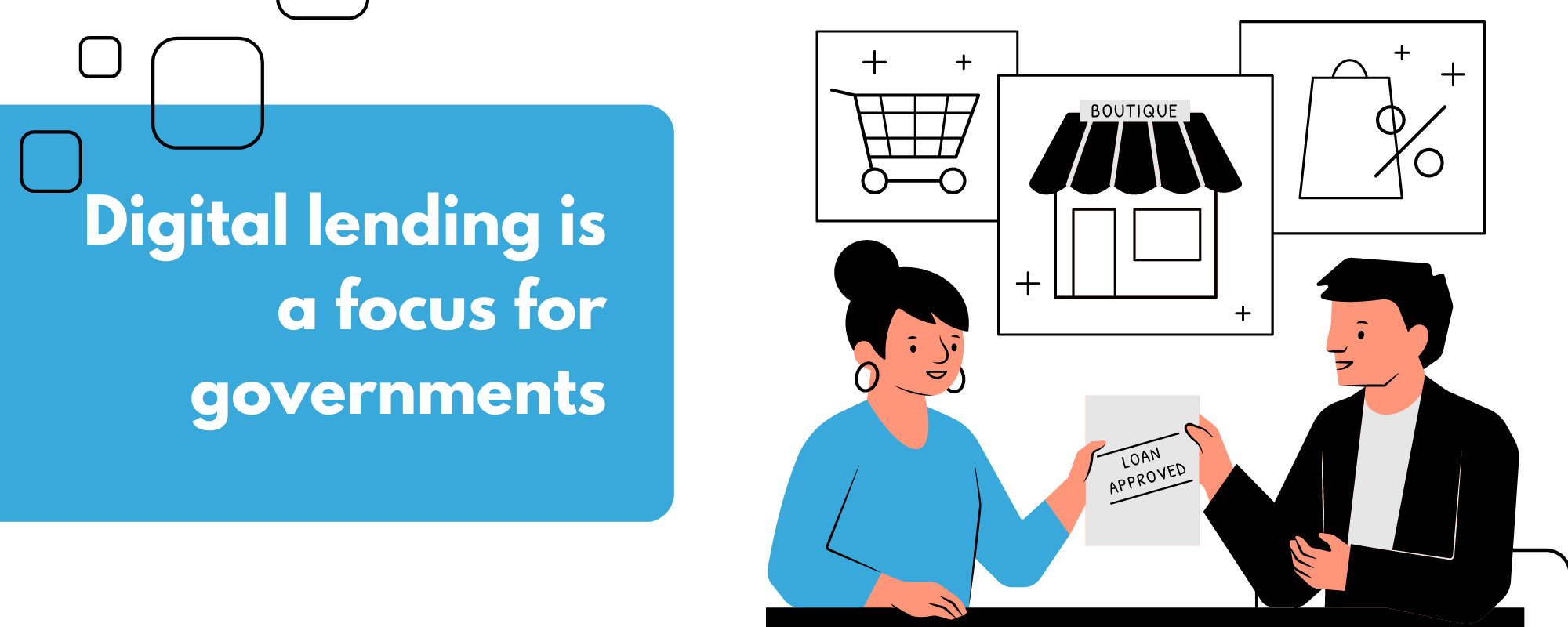
The enormous population of unbanked and underbanked people in Southeast Asia is one of the key factors influencing the development of digital finance in the region. Only 51% of persons in Southeast Asia have bank accounts, according to the World Bank. Governments in the area have acknowledged the potential of digital finance to connect with these people and give them access to financial services.
Many Southeast Asian countries have put in place rules and regulations to foster the development of digital finance and to create a welcoming environment for fintech businesses.
For instance, the Indonesian government has created a regulatory sandbox for fintech businesses that enables them to test new goods and services in a safe setting before they are completely introduced.
Similar to other governments, Malaysia’s government has put in place a fintech regulatory framework with the dual goals of encouraging innovation and maintaining consumer safety.
To promote the expansion of digital finance, governments in Southeast Asia are also making investments in digital infrastructure. For instance, the Singaporean government has made investments in the creation of a national digital identity system that will facilitate online financial transactions and the access to financial services for people.
Similar to this, the Thai government has invested in the creation of a national e-payment platform that would enable people to send and receive money electronically.
The region’s sizable and expanding mobile phone user base is a key factor in Southeast Asia’s adoption of digital finance. In Southeast Asia, there are currently over 400 million unique mobile customers, and by 2025, the GSMA projects that figure to reach over 500 million.
Promising future of digital finance in SEA
Fintech businesses now have a fantastic chance to create financial services that are mobile-based and accessible to a big audience.
Mobile payments are among the most promising sub-sectors of Southeast Asian digital banking. Many fintech businesses in the area have created mobile payment systems that let users send and receive money electronically.
These platforms frequently rely on already-in place mobile payment infrastructure, including QR codes or NFC, and they also incorporate popular messaging services like WhatsApp or WeChat.
Digital lending is a focus for governments in Southeast Asia as a means of advancing financial inclusion. Many fintech businesses in the area have created online lending systems that make it simple and quick for people to borrow money, frequently using just their smartphones.
These platforms frequently assess creditworthiness using alternative data, such as social media activity, which enables them to connect with people who might not be able to receive traditional loans.
The disruption in traditional banking
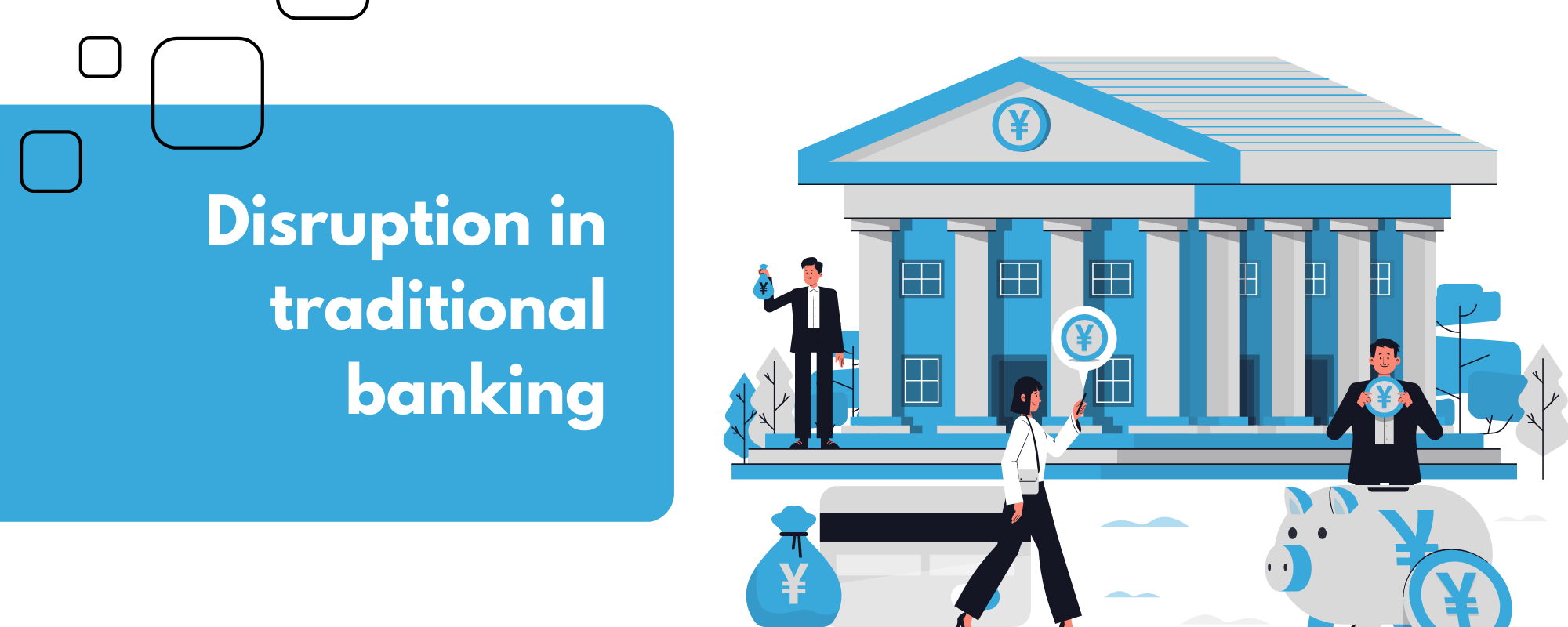
Big bank CEOs do not yet need to worry themselves to sleep over this possible rivalry. Existence confers significant advantages, and profitability and profile differ significantly.
The majority of the existing banks in Southeast Asia have well-known brands, sizable client bases, and a wide range of goods and services that support successful business strategies. These significant characteristics have not yet been matched by digital or virtual banks.
But even if it isn’t right away, the threat is real. The benefits of digital-first banks will eventually start to be seen, particularly among young, tech-savvy Southeast Asian customers.
Banking projections in 2030
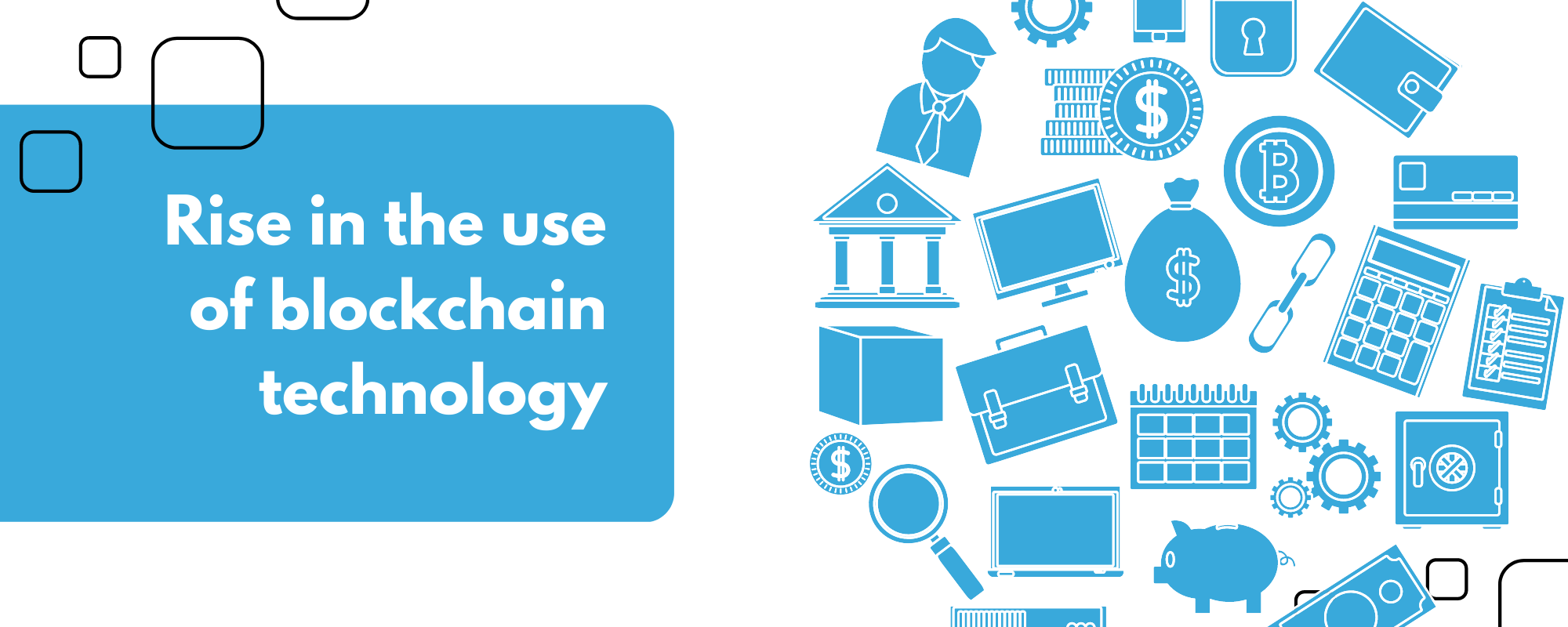
By 2030, banking projections suggest that we will see a significant increase in the use of digital and mobile banking services.
With the advancement of technology and the growing demand for convenience, consumers will be able to conduct most of their banking transactions online, including account management, bill payments, and money transfers.
The use of artificial intelligence and biometric technology will become more prevalent, providing customers with more secure and efficient banking experiences.
Furthermore, the banking industry is also expected to see a rise in the use of blockchain technology, which will provide a more secure and efficient way of conducting transactions.
This will lead to faster and cheaper cross-border payments, and it will also provide greater transparency and security in the banking system.
Overall, the banking landscape in 2030 will be highly digitalized and will be designed to provide customers with a seamless and convenient banking experience.
The future of paying
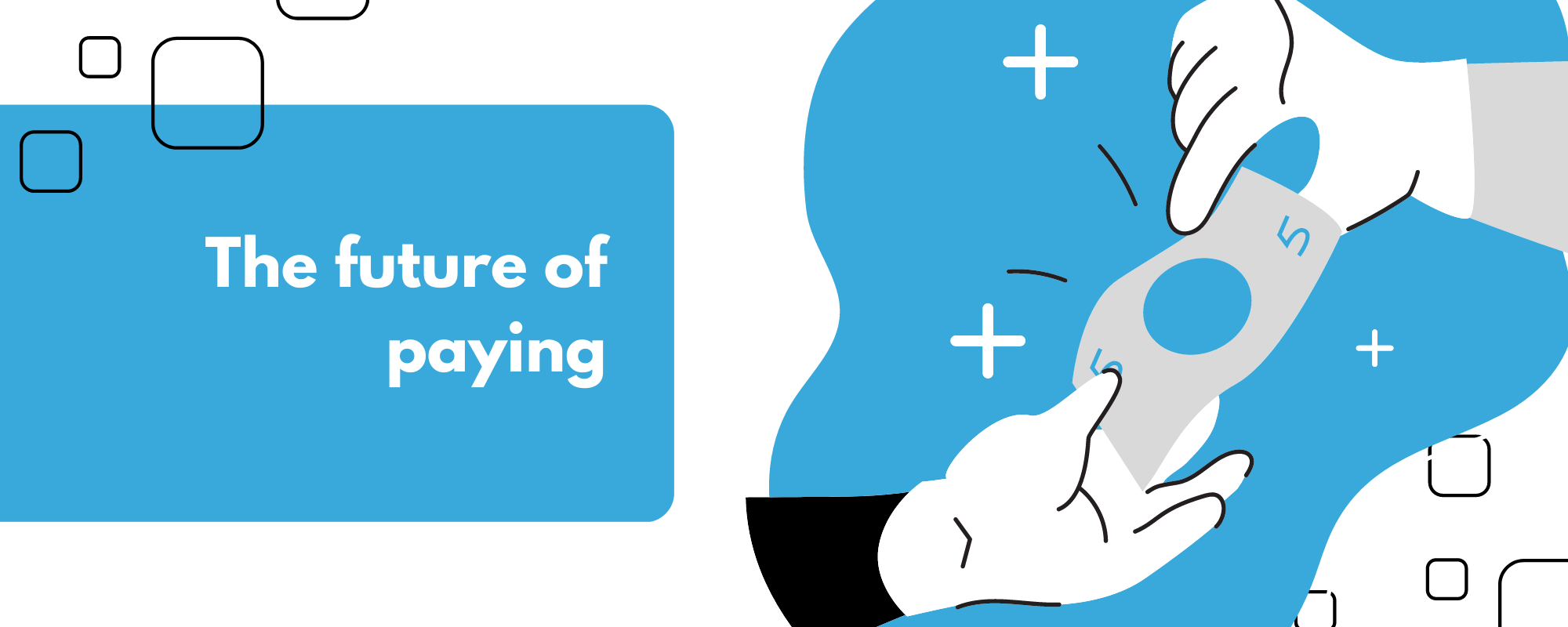
Many people have rosy expectations for the digital utopia that money will one day become. A world in which all financial transactions are carried out solely through non-analogue means a genuine cashless society.
Digital banks vs conventional banks:
Digital banks, also known as online banks or neobanks, are financial institutions that operate primarily through digital channels such as online banking, mobile apps, and ATMs. They do not have physical branches and customers typically access their accounts and perform transactions through digital means.
Conventional banks, also known as brick-and-mortar banks, have physical branches where customers can visit to open accounts, deposit money, and access other banking services.
They also offer online and mobile banking options, but customers can also access their accounts through traditional means such as visiting a branch or using an ATM.
There are several key differences between digital banks and conventional banks:
- Accessibility: Digital banks are typically available 24/7 through online and mobile banking, whereas conventional banks may have limited hours of operation for physical branches.
- Fees and interest rates: Digital banks often have lower fees and higher interest rates on deposit accounts than conventional banks.
- Product offerings: Digital banks may have a more limited range of products and services, such as only offering checking and savings accounts. Conventional banks typically offer a wider range of products, including loans, mortgages, and credit cards.
- Customer service: Digital banks often rely on digital channels for customer service, such as email or chat support, while conventional banks typically offer in-person assistance at branches.
- Sign-up process: Digital banks often have a more streamlined and digitized sign-up process, while conventional banks may require in-person visits to branches.



